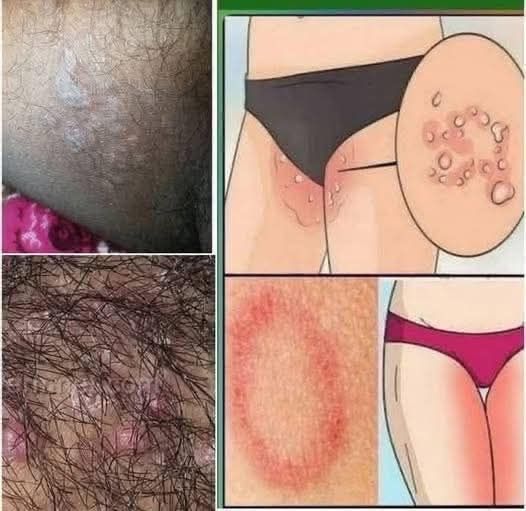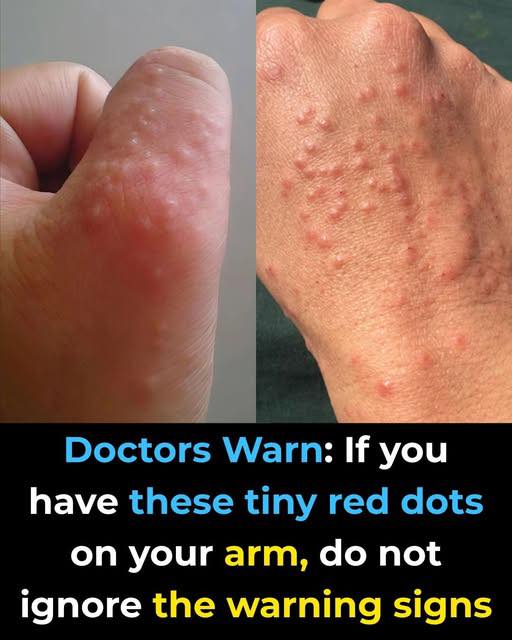Introduction
Many people at some point in their lives notice red, tender, or uncomfortable bumps forming on the inner thighs. For some, these are occasional annoyances after exercise or shaving. For others, they appear more often and may even become painful. While it’s tempting to dismiss them as “just pimples,” experts note that bumps in this area can be linked to a variety of skin conditions and lifestyle factors. Understanding why they occur, how to manage them, and when to seek professional advice is key to maintaining both comfort and skin health.
This article takes a deep dive into the reasons inner thigh bumps develop, what they might indicate, and safe steps you can take to prevent and manage them.
Why Do Inner Thigh Bumps Appear?
The inner thighs are a unique part of the body where skin often rubs against skin or clothing. This combination of friction, warmth, and sweat makes the area particularly prone to irritation. Let’s look more closely at the main causes:
1. Friction and Sweat
When skin rubs together, especially during walking, running, or wearing tight clothing, the repeated friction can irritate pores and hair follicles. Sweat trapped in the area provides moisture that encourages bacteria to grow, which can increase the likelihood of breakouts.
- Tight jeans, leggings, or workout clothes may trap sweat.
- Long periods of walking or exercise without breathable fabrics can worsen irritation.
- Hot, humid environments amplify the problem by creating a warm and moist setting where bacteria thrive.
2. Ingrown Hairs
Hair removal methods such as shaving, waxing, or plucking can sometimes cause hairs to curl back into the skin instead of growing outward. When this happens, the body reacts to the ingrown hair as if it were a foreign object, leading to redness, swelling, and small bumps.
- Shaving against the grain or using dull razors raises the risk.
- Waxing can sometimes break hair at awkward angles, increasing ingrown hairs.
- Curly or coarse hair types may be more prone to ingrown hairs.
3. Heat and Humidity
Warm weather is a major trigger for inner thigh breakouts. Sweat accumulates, clothing sticks to the skin, and bacteria multiply quickly in the moist environment. Even individuals who rarely experience acne elsewhere may notice inner thigh bumps during the summer months or after exercising in hot conditions.
4. Hormonal and Lifestyle Factors
Hormonal fluctuations, diet, and stress can all contribute to skin problems, including those that occur on the thighs. While not the primary cause, they may worsen underlying conditions by increasing oil production, affecting sweat levels, or lowering the body’s ability to fight infections.
When It’s More Than Just a Pimple
Although many inner thigh bumps are harmless and temporary, recurring or painful lumps may point to specific medical conditions that need attention. Here are some of the most common:
Folliculitis
Folliculitis occurs when a hair follicle becomes inflamed, often due to bacteria, yeast, or even irritation from shaving. It usually appears as small red bumps that may resemble pimples but are centered around a hair follicle.
- Mild cases often clear with improved hygiene.
- Recurrent folliculitis may require topical or oral treatments prescribed by a doctor.
Boils (Furuncles) and Abscesses
Sometimes bacteria penetrate deeper into the skin, leading to more painful lumps filled with pus. These are called boils or abscesses.
- Boils often start as firm, tender lumps that gradually enlarge.
- They may require medical care if they do not drain on their own.
- Squeezing or attempting to drain a boil at home can make the infection worse.
Hidradenitis Suppurativa (HS)
HS is a chronic skin condition where painful, inflamed lumps repeatedly develop in areas like the inner thighs, armpits, and groin.
- Unlike pimples, HS lumps often come back in the same spots.
- They can become painful, drain fluid, and in severe cases, cause scarring.
- Management usually requires long-term medical care, including medications or lifestyle changes.
Fungal Infections
Sometimes, bumps in warm, moist areas may actually be linked to fungal infections. These conditions can cause redness, itching, and small raised bumps.
- They are more common in athletes or individuals who sweat heavily.
- Antifungal creams may be needed for treatment.
What You Can Do Right Now
If you notice inner thigh bumps, there are several safe, dermatologist-recommended steps you can take at home. These do not replace professional care if symptoms persist, but they can help in many mild cases.
1. Maintain Cleanliness
- Shower daily, especially after sweating.
- Use a mild antibacterial or fragrance-free cleanser.
- Pat the area dry instead of rubbing to avoid irritation.
2. Wear Comfortable Clothing
- Choose looser-fitting clothes that allow air circulation.
- Select moisture-wicking fabrics for workouts to reduce sweat buildup.
- Avoid wearing the same sweaty clothes for long periods.
3. Shave with Care
- Use sharp, clean razors to reduce skin trauma.
- Shave in the direction of hair growth rather than against it.
- Consider trimming hair instead of shaving too closely.
4. Use Soothing Remedies
- Warm compresses may ease discomfort from bumps.
- Over-the-counter topical creams (such as gentle antiseptics) can help in mild cases.
- Avoid harsh scrubs or picking at bumps, as this may lead to scarring.
Prevention Tips
Preventing inner thigh bumps often comes down to lifestyle habits. Here are some strategies to minimize future breakouts:
Daily Hygiene
- Cleanse the area regularly and thoroughly.
- Dry skin completely before dressing to reduce moisture buildup.
Clothing Choices
- Opt for breathable cotton underwear rather than synthetic materials.
- During exercise, moisture-wicking fabrics help keep skin dry.
Skincare Habits
- Exfoliate gently once or twice a week to prevent clogged pores (avoid harsh exfoliants).
- Apply a light, non-comedogenic moisturizer if skin tends to get dry.
Healthy Lifestyle
- Stay hydrated to support skin health.
- A balanced diet rich in fruits, vegetables, and whole grains can support overall skin condition.
- Managing stress and getting adequate sleep also benefits skin health.
When to See a Dermatologist
Sometimes self-care isn’t enough. Seek professional medical advice if you notice:
- Bumps that return frequently or do not heal.
- Painful, large, or deep lumps.
- Signs of infection such as spreading redness, swelling, or fever.
- Scarring or tunnels forming under the skin (a potential sign of hidradenitis suppurativa).
Dermatologists can provide targeted treatments, including prescription creams, oral medications, or minor procedures to address stubborn or recurrent skin problems.
Myths vs. Facts
There are many misconceptions about inner thigh bumps. Let’s clear a few:
- Myth: They are always caused by poor hygiene.
Fact: Even people with excellent hygiene can develop bumps due to friction, sweat, or underlying conditions. - Myth: All bumps can be treated with home remedies.
Fact: Some conditions, such as boils or hidradenitis suppurativa, need medical evaluation. - Myth: Scrubbing harder will get rid of bumps faster.
Fact: Over-scrubbing irritates the skin and may worsen the problem.
Living Comfortably With Sensitive Skin
Skin issues in areas like the inner thighs can feel embarrassing or uncomfortable, but they are more common than many realize. Simple adjustments in clothing, hygiene, and hair removal methods can make a significant difference. Importantly, paying attention to recurring or worsening bumps ensures that you catch potential conditions early.
Conclusion
Inner thigh bumps are usually harmless, but they should not be ignored if they are frequent, painful, or worsening. While many cases result from friction, sweat, or ingrown hairs, other conditions such as folliculitis, boils, or hidradenitis suppurativa may be involved.
The good news is that a combination of good hygiene, thoughtful clothing choices, and careful skin practices can often help prevent or manage them. And when self-care isn’t enough, dermatologists can provide effective treatment options.
Bottom line: Inner thigh bumps are not always “just pimples.” Listening to your body and seeking care when needed can help keep your skin healthy, comfortable, and resilient.



